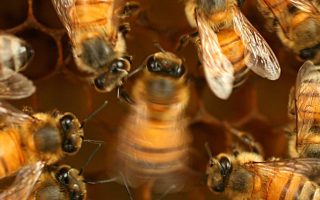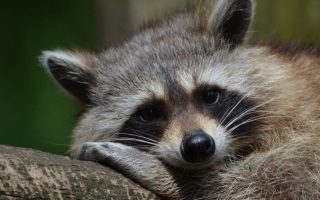ist-pasion.com – Monkeys are a diverse group of primates found in various regions of the world, from tropical rainforests to mountainous regions. With over 300 species, monkeys have adapted to a wide range of habitats and food sources. As omnivores, their diet consists of a mixture of fruits, plants, insects, and sometimes small animals. Let’s explore the diverse diet of monkeys and how their feeding habits vary by species and habitat.
Omnivorous Diet: A Blend of Plant and Animal Foods
Monkeys are omnivores, meaning they eat both plant-based and animal-based foods. However, the majority of monkey species primarily rely on fruits, leaves, and other plant materials. Common food sources for monkeys include:
- Fruits (such as bananas, berries, mangoes, and figs)
- Leaves and flowers
- Nuts and seeds
- Insects (such as ants, termites, and caterpillars)
- Birds and eggs
- Small mammals (in some species)
While fruit is often the favorite food of many monkey species, they have a diverse diet that allows them to adapt to the seasonal availability of food. The ability to switch between plant and animal matter gives them an advantage in different habitats and conditions.
Fruit Lovers: The Role of Fruits in Monkey Diets
For many monkeys, fruits form a significant portion of their diet. They are especially attracted to sweet, ripe fruits because they provide high-energy sugars. In tropical rainforests, where fruit trees are abundant, monkeys are active foragers, often traveling long distances to find ripe fruits.
Some monkey species, like the spider monkeys and howler monkeys, are frugivorous, meaning that fruit makes up the majority of their diet. These monkeys are essential for seed dispersal, as they consume fruits and later excrete the seeds, contributing to forest regeneration.
Leaf Eaters: Monkeys That Rely on Vegetation
In addition to fruit, many monkeys consume a variety of plant materials, such as:
- Leaves (both young and mature)
- Flowers
- Tree bark
- Shoots
Certain species, like colobus monkeys and langurs, are folivorous, meaning they primarily eat leaves. These monkeys have specialized stomachs that allow them to digest tough, fibrous plant materials. Leaves are more abundant and stable year-round, making them an essential food source for these species.
Insects and Small Animals
While plant-based foods make up a large portion of a monkey’s diet, many species supplement their meals with protein-rich insects and small animals. Some of the common animal-based foods include:
- Ants, termites, and beetles
- Spiders and scorpions
- Bird eggs and hatchlings
- Small mammals (like rodents)
Monkeys are skilled at catching insects and hunting small prey. For example, capuchin monkeys are known for their intelligence and use of tools to access difficult-to-reach food, such as cracking open nuts or using sticks to extract insects from tree bark.
Dietary Variations by Species
The specific diet of monkeys varies depending on the species, habitat, and food availability. Below are some examples of how different monkey species have specialized diets:
- Capuchin monkeys are known for their broad and adaptable diet, consuming everything from fruits and leaves to insects, small mammals, and even crabs.
- Spider monkeys mainly eat fruits and are crucial for seed dispersal in tropical forests.
- Howler monkeys rely heavily on leaves, as they have adapted to eat the tough vegetation in their environment.
- Baboons, which live in more arid environments, eat a mix of fruits, roots, insects, and small animals, including small birds or even young antelopes.
Seasonal Changes in Diet
The availability of food in a monkey’s environment changes with the seasons, and monkeys adjust their diets accordingly. In the wet season, when fruits and insects are abundant, monkeys tend to eat more of these high-energy foods. During the dry season, when food is scarcer, monkeys may turn to leaves, seeds, and bark, which are more readily available but less nutritious.
Monkeys living in temperate or mountainous regions, such as Japanese macaques (snow monkeys), must also adjust their diet in colder months, relying on roots, bark, and even raiding farms for crops like sweet potatoes.
Social Feeding and Foraging
Monkeys are social animals that often forage for food in groups. This social behavior allows them to share information about food sources and increases their chances of finding food in dense forests or savannahs. In many species, young monkeys learn from older members of the group how to find and access different types of food.
Capuchin monkeys, for instance, are known to use tools, and young capuchins learn by observing the adults. Similarly, some monkey species have developed specific behaviors for catching insects or hunting small animals, which are passed down through generations.
Conclusion
Monkeys are highly adaptable omnivores with diverse diets that include fruits, leaves, insects, and small animals. Their diet varies significantly by species, habitat, and food availability, allowing them to thrive in a wide range of environments. Whether foraging for fruits in tropical rainforests, hunting insects in savannahs, or eating leaves in more temperate forests, monkeys play a crucial role in their ecosystems, from seed dispersal to pest control. Their versatility in finding food is one of the key factors behind their survival and widespread presence across the globe.




